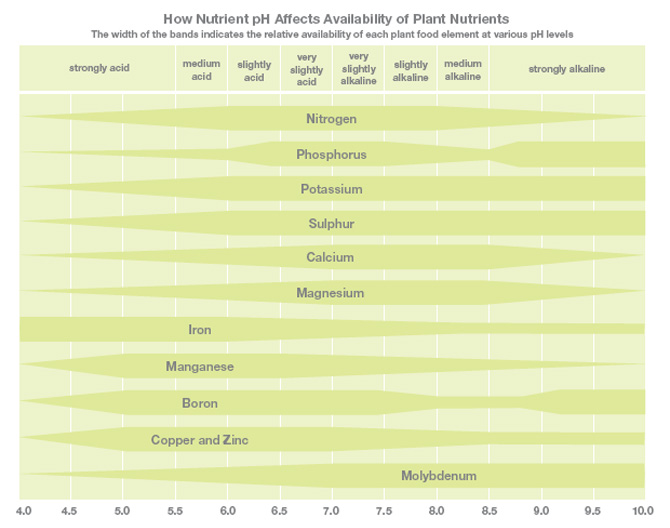
 |
|
Hydroponics - Indoor HorticultureHydroponics - Indoor Horticulture represents an educational, in-depth,
up-to-date,
indoor horticultural growers guide that covers all principles of indoor Hydroponics - Indoor Horticulture examines, explores, dissects and
presents a fully comprehensive step by step growers guide, relating
to all and every aspect of indoor hydroponic horticulture, with complete
chapters on plant biology, propagation, hydroponic systems, nutrients,
oxygen, carbon dioxide enrichment, pH, biological pest control, fungi/disease,
cuttings/clones, pruning/training, breeding, harvesting, equipment,
grow rooms, a full history of hydroponics, and more. |
(Below
follows a one page sample taken from the book) pH and Temperature |
||
 |
||
Hard or Soft WaterTo know what type of water you are using when using a hydroponics technique is fundamental to the upkeep of your system. So the type of water you have is an important factor when considering what nutrient solution to purchase. |
The majority of nutrient manufacturers make hard water formulations of their products as well as universal and soft water formulations. The differing formulations will have differing buffering levels of pH stability; i.e. the hard water variations will reduce the pH in the water after dilution where the soft water variants will not affect the pH at all. This is beneficial to the grower because if you are in a hard water area when using hard water nutrients, it will lower the pH of your stock solution without you having to employ much pH down. |
|
|
 |